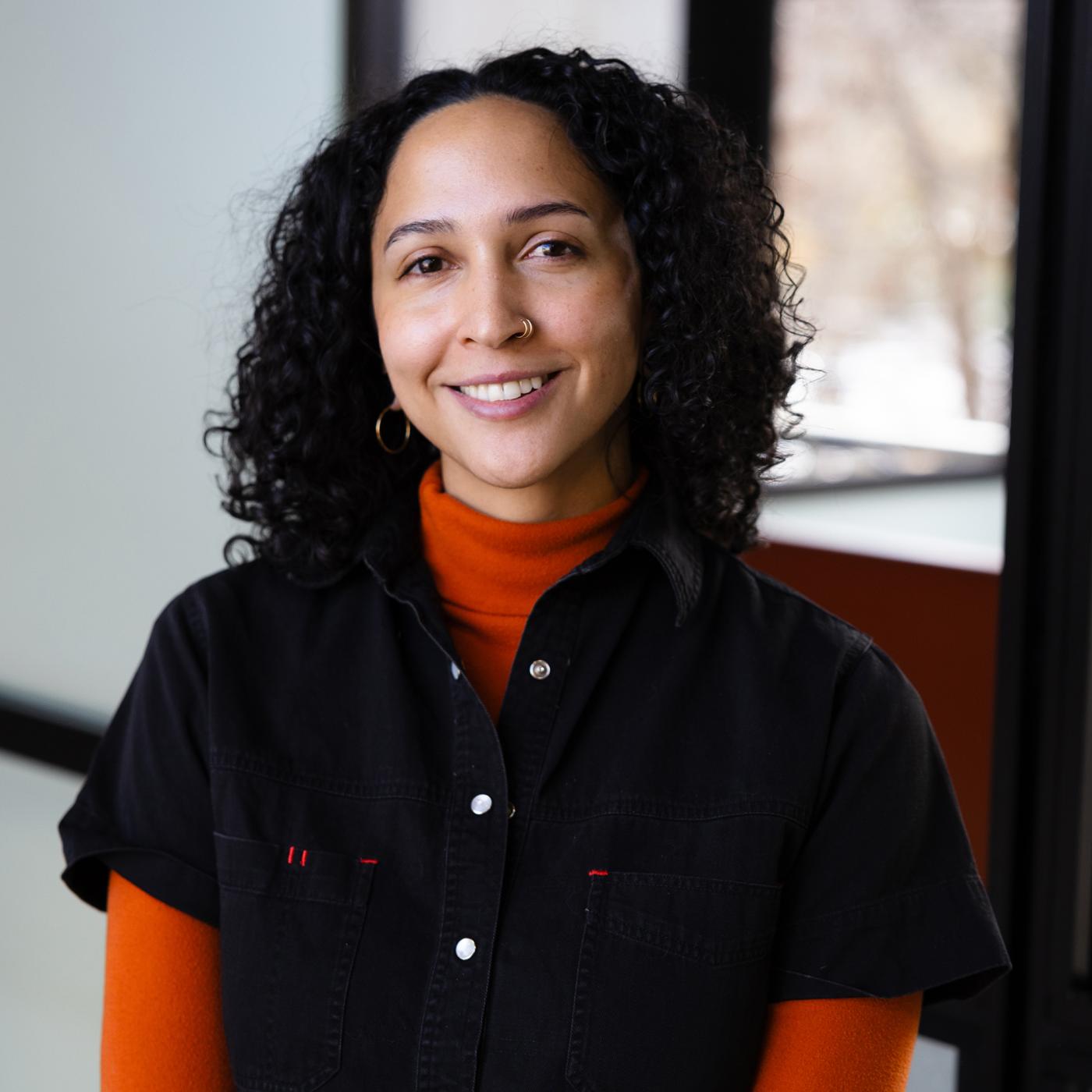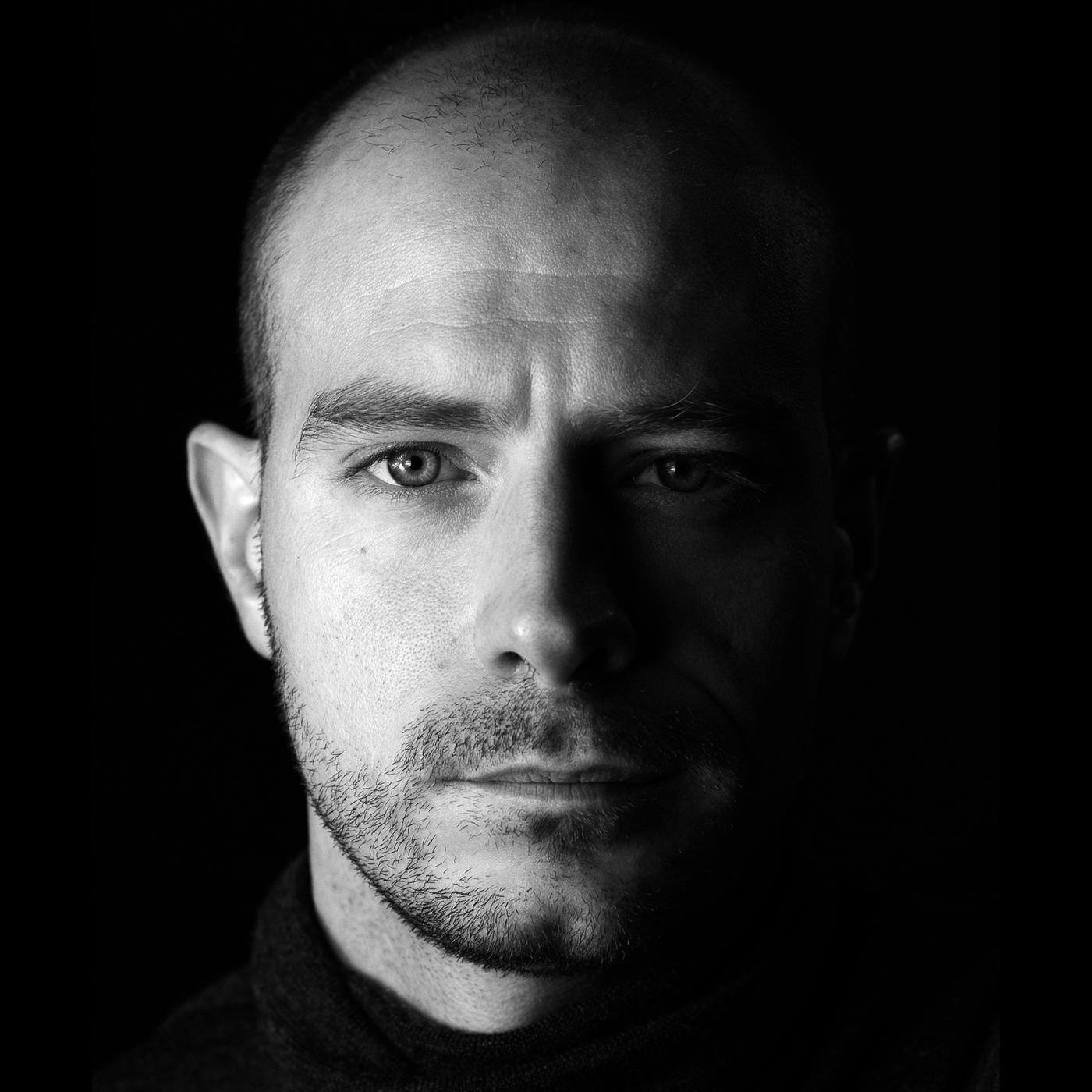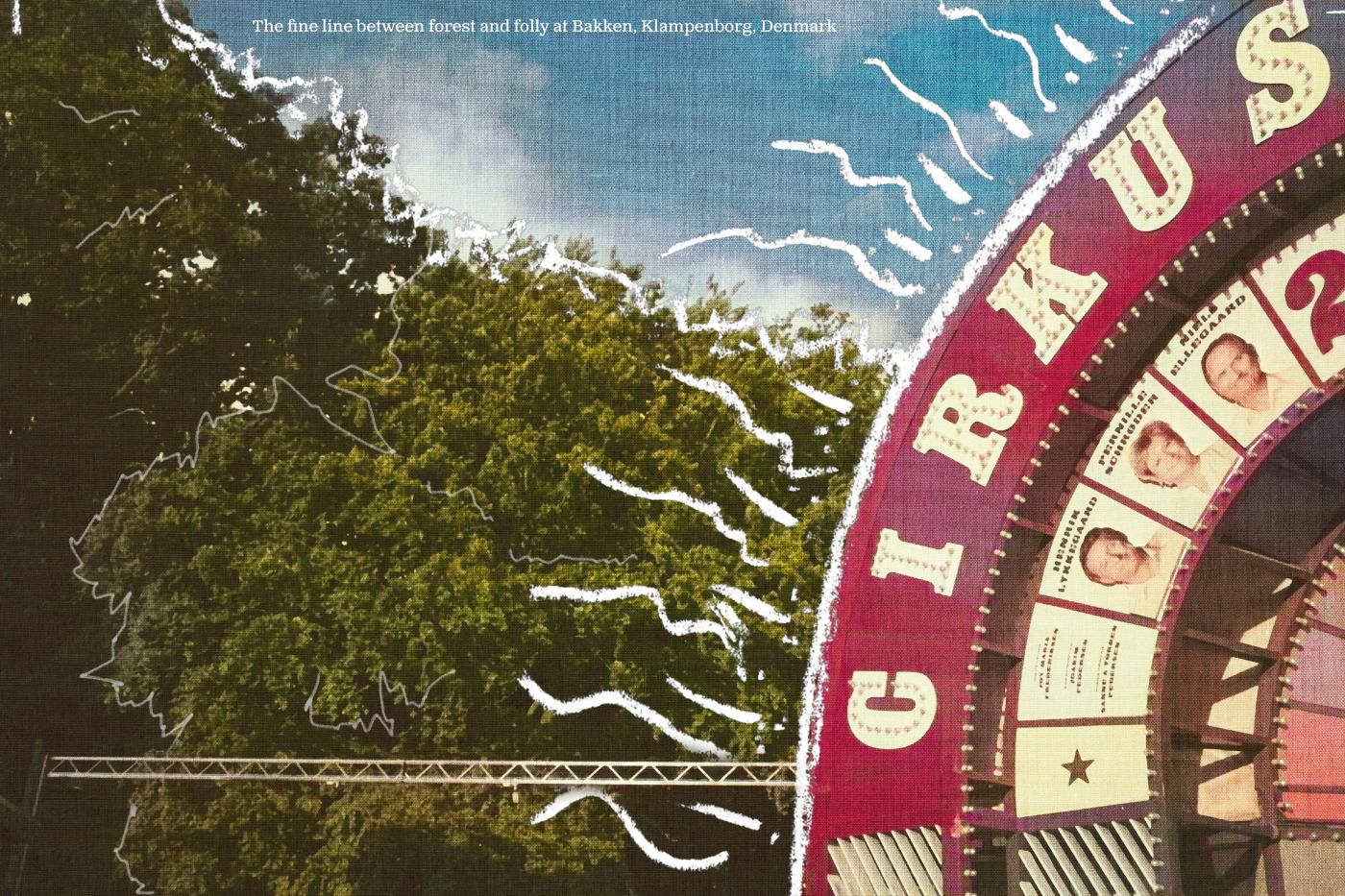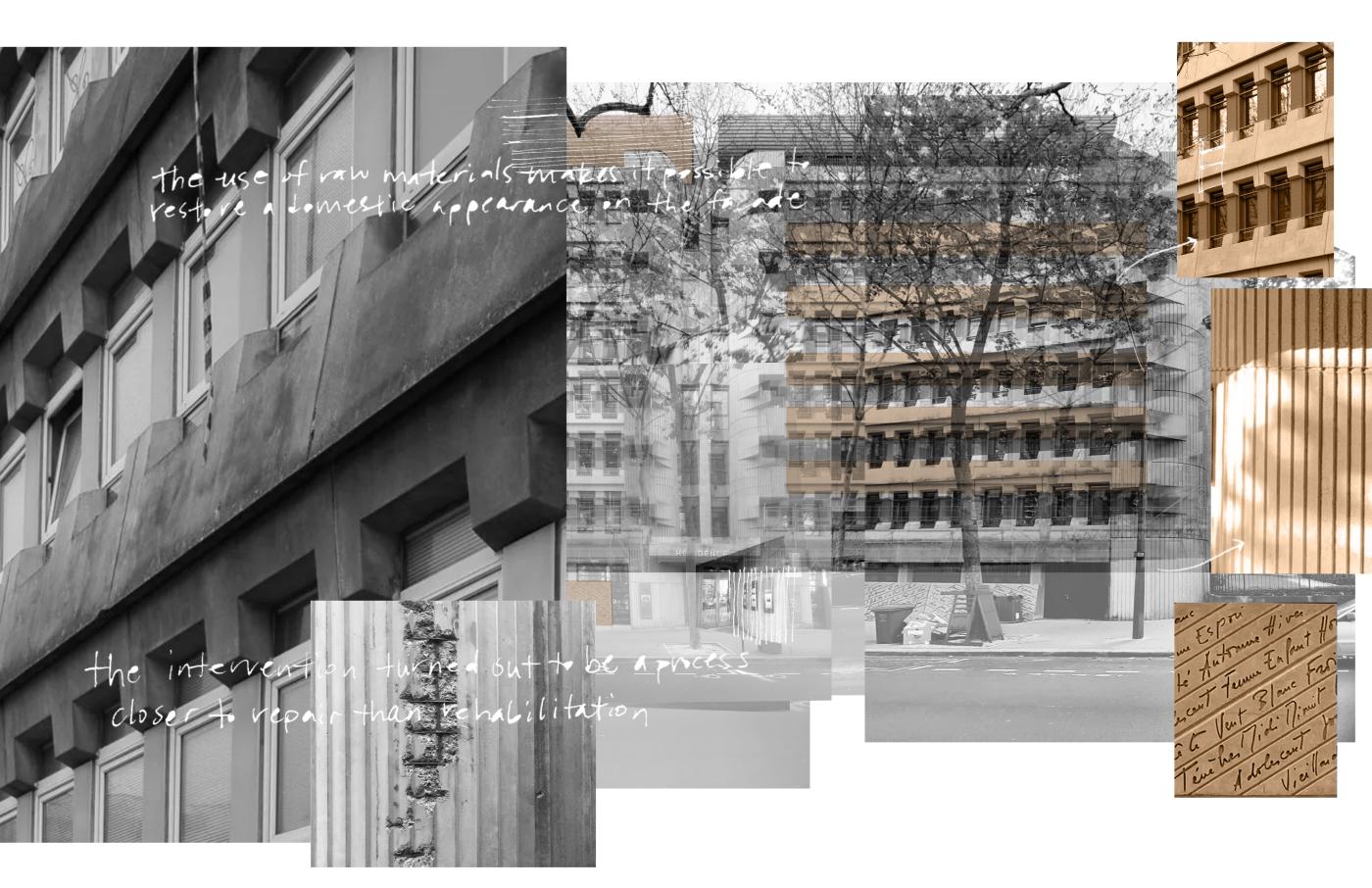24–25 Student Travel Fellows Showcase

24—25 Student Travel Fellows Showcase
Gallery Talk & Reception
Mon, April 14
5PM
Campbell Naug
Learn about the exciting array of work produced by the School of Architecture's 24–25 Student Travel Fellows in a series of research presentations and exhibitions.
|
Image

Ari Bell, MLA '25 |
Image

Josephine Blount, MArch '25 |
Image

Bernardo de Magalhães e Menezes, PhD in the Constructed Environment Candidate |
Image

Nishat Tasnim Maria, MUEP '25 |
|
Image

|
Howland Fellowship Exhibition—
The Nature of Fun: Amusement Parks as Nodes of Socioecological Transformation
Salon Walls
The Nature of Fun investigates three European amusement parks—Bakken, Efteling, and Tibidabo—each of which bridges urban development and expansive natural conservation areas. In these parks, rides dramatically exaggerate experiences of physical defamiliarization, Ferris wheels frame picturesque vistas, and themed environments create the feeling that the park’s fabulations may be more “real” than the world outside. As the sound of joyful screams echoes through a shady forest nearby, normative assumptions about the boundaries between humans, more-than-human nature, and the constructed environment unwind. How do amusement park landscapes mediate and problematize the natural and cultural environments in which they are entwined?
Ari Bell (MLA '25) received his BA in music from Vassar College. Originally from the Chicago suburbs, Ari supports the research of MIST Lab and Arctic Design Group at UVA. His thesis research explores theatricality as a critical lens for landscape architectural theory and practice.
|
Image

|
Nix Fellowship Exhibition—
Beyond Building: Adaptive Strategies in Contemporary French Architecture
East Wing Gallery
This research examines the transformation of existing buildings in France through a constellation of related practices: rehabilitation, conversion, reversibility, and material reuse, critically assessing both their opportunities and limitations. Beyond technical strategies, it explores how formal and informal networks of architects, academics, builders, and consultants are rethinking processes of deconstruction, maintenance, and reuse—reshaping architectural vocabularies and skills. The project situates these shifts at the practice and policy level within broader ideological currents such as degrowth and material sobriety. Through case studies, particularly commercial-to-residential conversions, it investigates strategies that prioritize reuse over demolition, revealing how contemporary designers are pushing architecture beyond object-making toward a more creative dialogue with existing conditions.
Josephine Blount (MArch '25) studied Ethnic Studies in New York and Sociology and Urban Planning in Paris, where she researched Black militant spaces, environmental gentrification and resident-led public housing redevelopment. These experiences led her to architecture, where she explores collective autonomy in the built environment. She enjoys crocheting and building things for her rabbit.
|
Image
|
Pelliccia Fellowship Exhibition—
Registering Beauty: The Early Fellowships in Landscape Architecture at the American Academy
Corner Gallery
The American Academy in Rome has welcomed fellows in landscape architecture since 1915. The first was Edward G. Lawson (FAAR, 1915-1918, 1921) and, like him, some of his successors became distinguished professionals and educators, considered leaders in the field. Such is the case of Ralph E. Griswold (FAAR, 1920-1923), Norman T. Newton (FAAR, 1923- 1926), Richard K. Webel (FAAR, 1926-1929), and Michael Rapuano (FAAR, 1927-1930). The fellowships were “created to advance the art of Landscape Design through observation of acknowledged masterpieces.” Based at the Academy, fellows used their time to visit and document iconic landscape and architectural features, as well as their construction details, in and around Rome and throughout Europe. These records comprised written notes, photographs, sketch plans, pastels, watercolors, and detailed, measured drawings. Combined, the fellows’ work offered a substantial study of local design and construction practices that, once back home, highly enriched design schools in the United States. This project aimed to provide an introduction to the materials in the Academy’s library and archives as well as to the key sites documented by the early fellows. It pairs and contrasts selected archival evidence with an in-person examination and comprehensive photographic survey of sites in Rome, Florence, and Viterbo.
Bernardo de Magalhães e Menezes is a lecturer and Ph.D. candidate in the Department of Landscape Architecture at the University of Virginia School of Architecture. During the Spring of 2024, he served as a Visiting Scholar at the American Academy in Rome, with the generous support of a Carlo Pelliccia Traveling Fellowship. His research explores the role of beauty and philosophical aesthetics in landscape architecture’s theoretical discourse as the emerging profession developed into an academic discipline in the early twentieth century.
|
Image

|
Fanzone Fellowship Exhibition—
Harnessing Indigenous Culture for Equitable Communities: Rural Compound Block in Cyclone-Prone Koyra, Bangladesh
Dean's Gallery
Nestled along the coast of Koyra, Bangladesh, the village of Islampur is a land of rich history, deep-rooted traditions, and an unbreakable bond with nature. For centuries, its people have adapted to the challenges of a dynamic landscape—where the Bay of Bengal, the Sundarbans mangrove forest, and fertile farmlands shape both livelihoods and culture. However, rising sea levels, frequent cyclones, and economic disparities continue to threaten the community’s way of life.
The Harnessing Indigenous Culture for Equitable Communities study explores how indigenous knowledge, and cultural practices can inspire new pathways to resilience. By learning from the traditions that have sustained Islampur for generations, this study proposes communal living practices as a design solution that strengthens social ties, ensures equity, and enhances disaster preparedness. This study discovers how cultural wisdom can shape a future where communities not only withstand challenges but thrive together.
Nishat Tasnim Maria (MUEP’25), originally from Bangladesh, witnessed firsthand the stark disparities among communities that ignited her commitment to address inequity. Within her academic and professional trajectory, she explores the complex sociocultural and environmental challenges to contribute to the creation of an equitable and just society.
